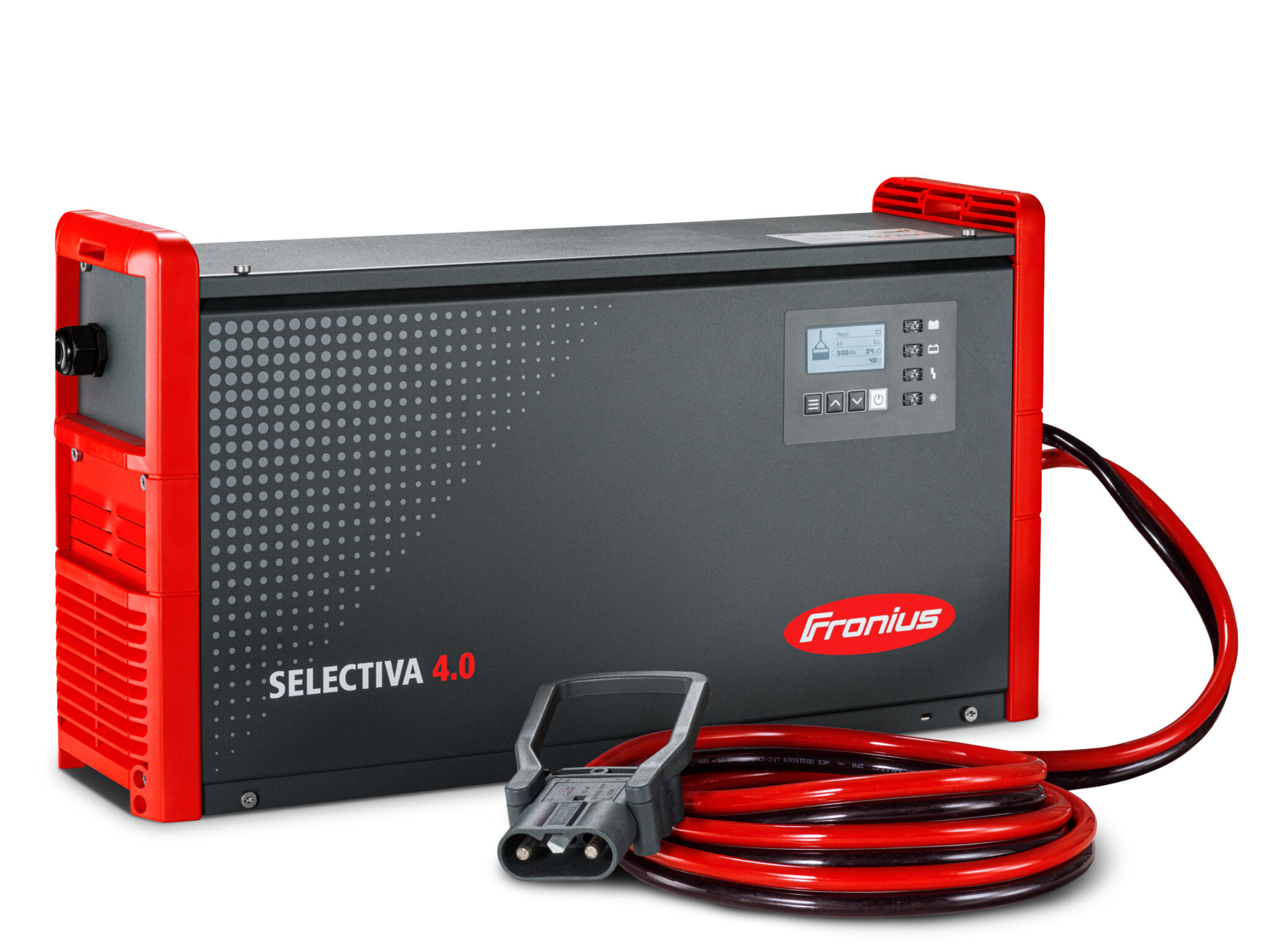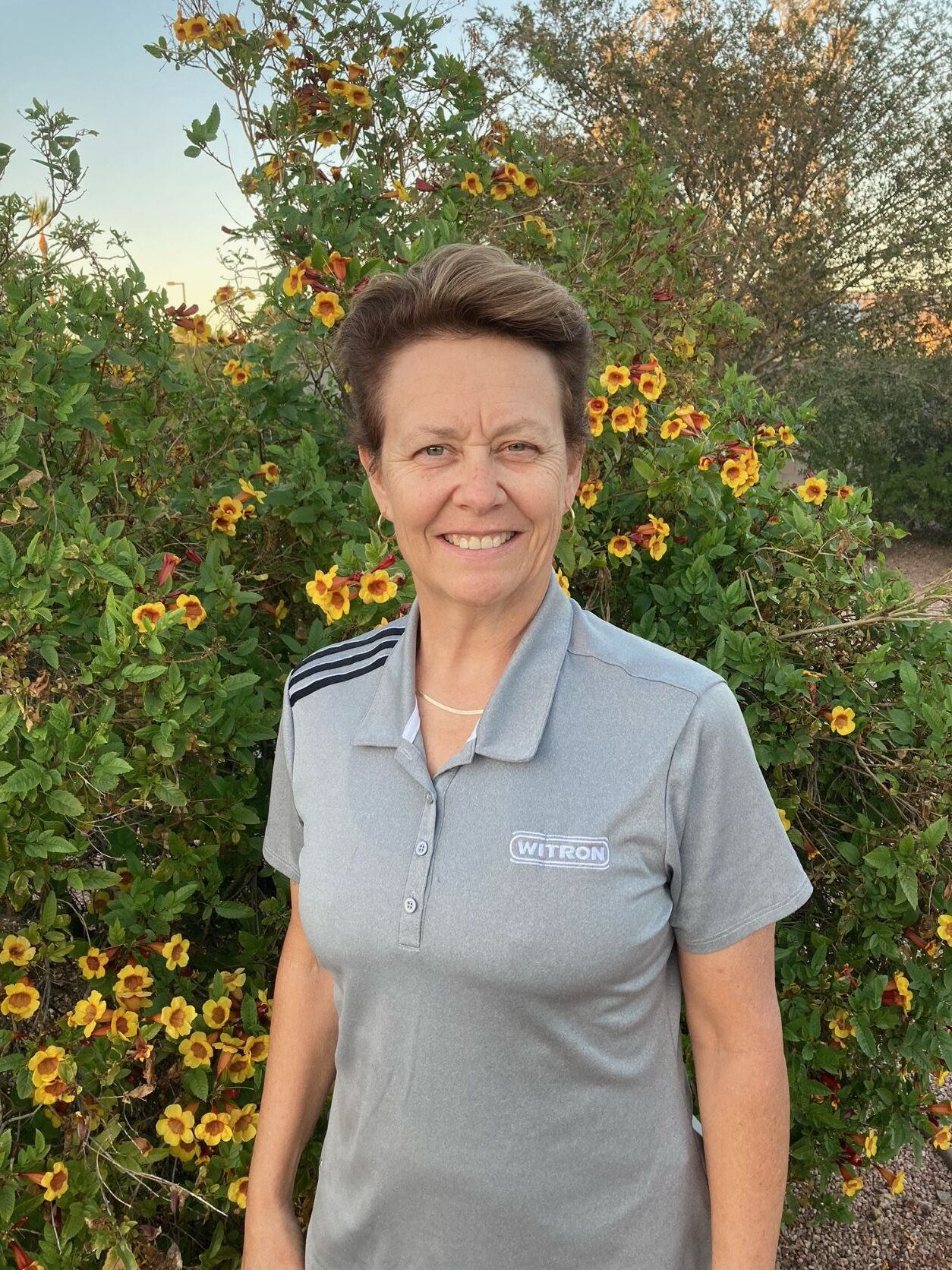Stand-in stackers are among the safest, most space-efficient and profitable handling equipment available. UniCarriers pioneered this technology and is now welcoming the next generation of the successful ERGO A series with the 2022 models.
The 2022 ERGO A series, comprising of the ASR125, ASR160, ASR200 (including initial lift models), is the latest evolution of an unprecedented success story in material handling, with improved operator functionality, new electrical architecture and even better performance. Since the launch of the very first stand-in stacker in 1961, pioneered by UniCarriers, the versatile, space-saving and safe design has provided its customers with World-Class ergonomics and efficiency.
Stand-in stackers guarantee a fast return on investment, regardless of the type of warehouse, warehouse utilisation or logistics strategy – by reducing operating costs to a minimum. Truck design around human needs makes people more productive and happier at work. The next-generation Stand-in stackers contribute to a low total cost of ownership (TCO), as a result of improved truck safety, ergonomics and design.
Safe operations, unmatched ergonomics
UniCarriers says the outstanding safety feature of the ERGO is its design. The central concept is that the driver stays inside the machine, regardless of driving position or operation. This in turn minimises the risk of accidents, while providing unlimited working positions. UniCarriers has developed the ergonomics further with the operator in mind, preventing operator fatigue and improving body position.
A new steering wheel design, adjustable in height and angle depending on driving direction; new presence control – an optical sensor instead of a pedal, which results in a more relaxed driving position in all driving directions; a new ergonomic handle, and multi-function display to support several options, such as weight and height indicator.
Additional features including sensitive power steering and cornering control, provide excellent stability when on the move, regardless of speed or load. As before, the unique ProVision mast design offers unrestricted all-round visibility; furthermore, the truck’s mast is outstandingly quieter than the previous generation.
Space- and cost-efficient
The ERGO is perfectly at home in tight and confined conditions, with its minimal dimensions and tight turning radius, and so it can make optimum use of expensive space for storage and retrieval. Because of its design, the ERGO can work in far narrower aisles than a platform truck. This adds up to a 10% saving in floor space in a normal warehouse. With lift heights of up to 7m, storage density and utilisation of floor space can be further optimized using higher racks which offer up to 43% better volume density than other stackers.
To increase residual capacity and improve stability, the trucks can be equipped with a new design of foldable stabilisers that allow them to lift heavy loads as high as a significantly more expensive reach truck. This considerably increases the profitability of an existing warehouse, and green-field facilities can be built smaller and so more environmentally cost-effective.
Powerful and effective
The ERGO is a particularly powerful machine. Fast drive speeds and excellent lift and lowering speeds enable best possible throughput and efficiency. Its fully integrated, high-performance batteries, paired with high energy efficiency and intelligent solutions for battery replacement, all make the ERGO the perfect solution for long, high-performance, multi-shift operation and intense 24/7 use. Customers now have the option to choose between energy efficient and maintenance free, built-in fully integrated Li-ion batteries for 24/7 operation with only quick opportunity charging, or traditional lead-acid for the ultra-compact Junior versions, while the larger Senior size is available with lead acid batteries.
With its overall performance, safety aspects and space saving design, the new ERGO stand-in stacker is the best choice when it comes to flexible transport or stacking in light to heavy duty operations, in warehousing, manufacturing or anywhere a safe and productive stacker is required. A new milestone for a technology that, after sixty years of continuous development, now fits the times and modern requirements for safety and efficiency better than ever before.
The new models are available for loads of 1.25, 1.6 and 2.0 tonnes.





